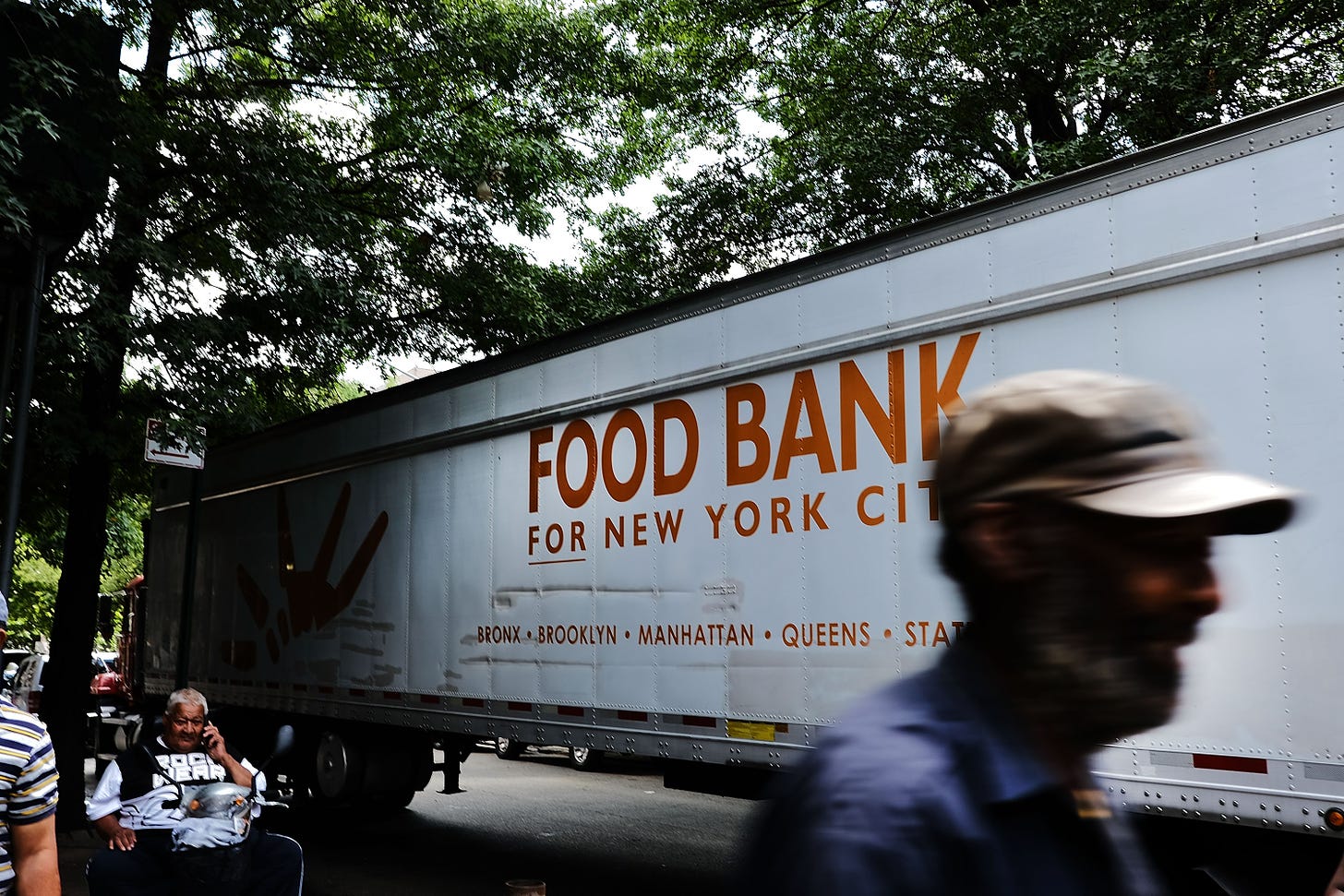Trump's Poverty-Line Proposal Is Wonkier Than It Seems
The policy change is minimal, but the outrage isn't.

A new Trump administration proposal threatens to push Americans living on the edge of poverty off of critical federal aid programs.
At least that’s the lede most major media organizations ran with last week, on the news that the Office of Management and Budget is considering updating the inflation index used to calculate the official poverty measure (OPM). Not surprisingly, “request for public comments from an interagency technical working group” doesn’t get quite the same clicks.
The concern stems from the role that poverty guidelines play in determining eligibility for many federally funded programs, including Medicaid and food stamps. The income threshold for being in poverty increases every year to account for rising prices, in line with the Consumer Price Index or CPI. It’s a methodology that hasn’t changed in 58 years, despite widespread recognition that the traditional CPI overstates the true inflation rate.
The administration is most likely considering an alternative index, like the chained CPI, which better accounts for the way households substitute between different goods and services in light of relative price changes. If the price of beef goes up, for example, households will tend to buy more chicken. The traditional CPI fails to account for this change in behavior because it uses a consumption basket from the past, as if steak is still what’s for dinner. The chained CPI corrects for this by averaging, or “chaining,” the consumption baskets from the previous and current month.
While there’s little dispute that the chained CPI is more accurate, applying it to the OPM would make the federal poverty level (FPL) rise about 0.25 percentage points slower every year. That means someone at or just below the 138 percent FPL cutoff for Medicaid could theoretically lose coverage.
Yet it’s also possible, and arguably more correct, to look at it the other way around. By definition, a more accurate inflation index means, year after year, the line for eligibility in a given program is closer to being held constant. Rather than a cause of disenrollment, the U.S. government would simply be ceasing to expand eligibility arbitrarily upward.
We can only speculate about the administration’s motivations for proposing the change. Is it to save money or to spite the poor? Many commentators seem to think the answer is both, even though the impact on either the budget or program enrollment would be minimal. Across the entire Medicaid program, for example, the CBO estimates moving to the chained CPI would reduce total spending by only 0.6 percent over 10 years. This would represent 250,000 fewer new enrollees in a health insurance program that, today, covers nearly 66 million people.
“Technocratic excellence” is not a term the Trump administration often evokes, but in this case the OMB seems genuinely motivated by the merits. Of course, the line between a “cut” and a “failure to expand” is hazy at best, and an ideological Rorschach test at worse. In such situations we should defer to analytical arguments, rather than treat everything as pure power politics. This principle applied equally to the Obama administration, which proposed a similar change to inflation indexing in Social Security— before being pummeled into submission by the AARP.
Dylan Matthews at Vox takes the opposite view. Despite being “sympathetic” to the intellectual case for the chained CPI, he writes, “this is fundamentally a political decision, not a technical one; we’re not debating ‘what is the best way to measure the cost of living’ but ‘are too many people getting Medicaid and food stamps, or too few’?”
But if that were truly the case, then why not argue for adjusting the poverty guidelines according to Venezuela's CPI, thereby making every American eligible for Medicaid and food stamps in a year or two? One compelling reason is that not everything is, in fact, political. Some truths, and regulatory tweaks, really are as boring as they sound.
That said, there’s still an important debate to be had about how the U.S. measures poverty, and whether a poverty line makes any sense in the first place—particularly for program eligibility. But like the inflation controversy, it should also be had on the merits. One of the well-known downsides of poverty lines, for example, is how they tend to bias the focus of pundits and policymakers to interventions that move people just over or under the line, at the cost of viewing poverty in its full gradations. Sadly, this debate is no exception.









